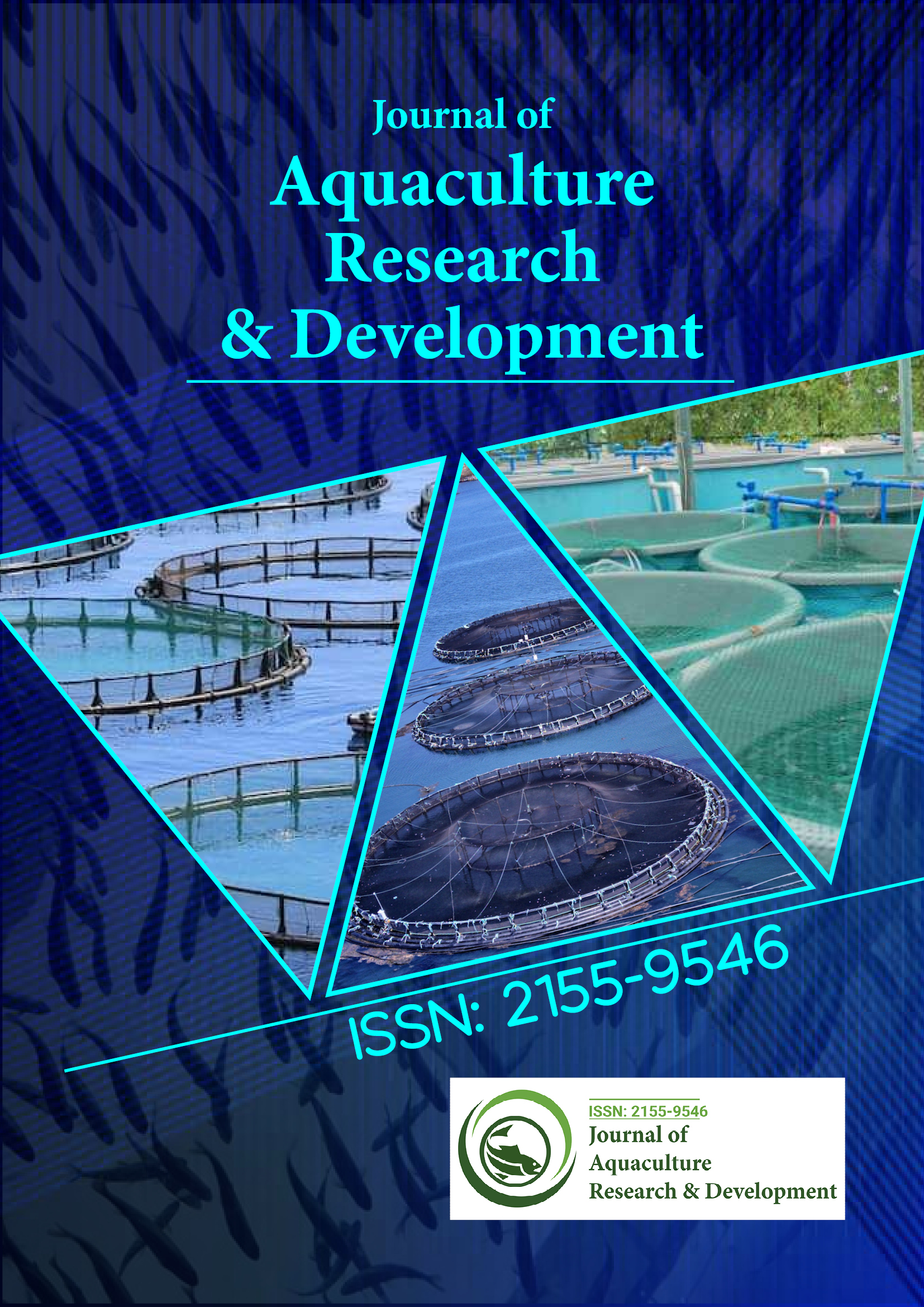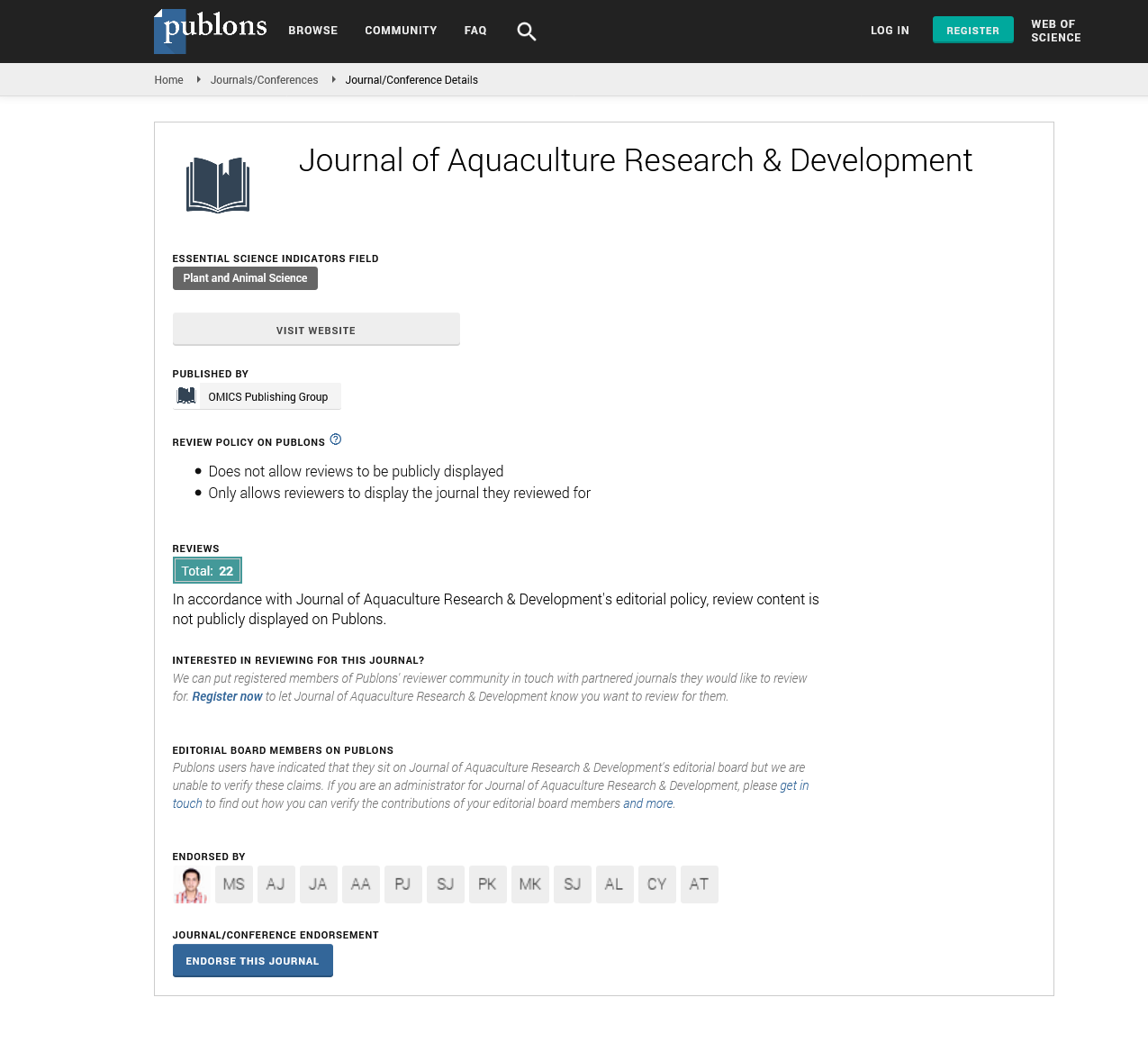Indexed In
- Online Access to Research in the Environment (OARE)
- Open J Gate
- Genamics JournalSeek
- JournalTOCs
- Scimago
- Ulrich's Periodicals Directory
- Access to Global Online Research in Agriculture (AGORA)
- Electronic Journals Library
- Centre for Agriculture and Biosciences International (CABI)
- RefSeek
- Directory of Research Journal Indexing (DRJI)
- Hamdard University
- EBSCO A-Z
- OCLC- WorldCat
- Scholarsteer
- SWB online catalog
- Virtual Library of Biology (vifabio)
- Publons
- MIAR
- University Grants Commission
- Euro Pub
- Google Scholar
Useful Links
Share This Page
Journal Flyer

Open Access Journals
- Agri and Aquaculture
- Biochemistry
- Bioinformatics & Systems Biology
- Business & Management
- Chemistry
- Clinical Sciences
- Engineering
- Food & Nutrition
- General Science
- Genetics & Molecular Biology
- Immunology & Microbiology
- Medical Sciences
- Neuroscience & Psychology
- Nursing & Health Care
- Pharmaceutical Sciences
Perspective - (2024) Volume 15, Issue 9
Role of Marine Drugs in Modern Medicine and its Sustainable use
Brent Prinsep*Received: 22-Aug-2024, Manuscript No. JARD-24-27064; Editor assigned: 26-Aug-2024, Pre QC No. JARD-24-27064 (PQ); Reviewed: 09-Sep-2024, QC No. JARD-24-27064; Revised: 16-Sep-2024, Manuscript No. JARD-24-27064 (R); Published: 23-Sep-2024, DOI: 10.35248/2155-9546.24.15.914
Description
The vast and largely unexplored oceans cover more than 70% of the Earth's surface and harbor an extraordinary diversity of life forms, many of which possess unique biochemical compounds. These compounds, often referred to as marine drugs, have shown immense potential for developing new medicines, including antibiotics, anticancer agents and anti-inflammatory drugs. The field of marine biotechnology, aimed at exploring and polluting these natural resources, has grown significantly, driven by the need for novel pharmaceuticals to combat diseases and the limitations of terrestrial sources. As exploration of marine ecosystems expands, the pipelines for marine drug development have made remarkable progress, though challenges remain in scaling up production and ensuring sustainability.
Marine organisms such as sponges, mollusks, corals, algae and microorganisms produce a range of bioactive compounds that are of significant interest for medical applications. These compounds have evolved over millions of years as defense mechanisms against predators and pathogens, making them highly potent and often structurally complex. The unique properties of marine drugs stem from their adaptation to harsh ocean environments extreme temperatures, high pressure and limited light encouraging the development of novel chemical structures rarely found in terrestrial organisms. The discovery of marine drugs typically begins with identifying bioactive compounds in marine organisms. Scientists collect samples from the ocean, either through diving expeditions or using Remotely Operated Vehicles (ROVs) in deeper waters and screen these organisms for potential therapeutic properties. Once bioactive compounds are identified, the next step involves isolating and characterizing their chemical structure, followed by testing their efficacy in laboratory conditions. If a compound shows promise, it can move into preclinical and clinical trials, where its safety and effectiveness are further evaluated.
Several marine-derived compounds have already been developed into approved drugs. One of the earliest successes was cytarabine, derived from a Caribbean sea sponge, used to treat certain types of leukemia and lymphoma. Another notable example is ziconotide, a pain-relieving drug derived from the venom of the cone snail, used for severe chronic pain in patients unresponsive to other treatments. Additionally, trabectedin, derived from the sea squirt, is used to treat soft tissue sarcoma and ovarian cancer. These examples underscore the potential of marine ecosystems as a rich source of new pharmaceuticals. Despite these successes, significant challenges remain in bringing marine-derived compounds to market. One major obstacle is obtaining sufficient quantities of bioactive compounds for research and development. Many marine organisms produce these compounds in very small amounts and overharvesting could lead to environmental damage and the depletion of marine biodiversity. To address this, scientists are increasingly turning to alternative production methods, such as chemical synthesis, fermentation, or aquaculture.
Chemical synthesis involves recreating the structure of a marine compound in the laboratory. While this can effectively produce drugs in larger quantities, the complexity of many marine compounds makes synthesis challenging and expensive. However, advances in synthetic chemistry and biotechnology are making it more feasible to replicate these compounds, which could increase the availability of marine drugs for further research and development. Microbial fermentation is another promising approach. Many bioactive compounds found in marine organisms are actually produced by symbiotic bacteria or fungi living within the host. By isolating and culturing these microorganisms in the laboratory, researchers can produce the desired compounds without harvesting large quantities of marine organisms. This method not only offers a more sustainable way to produce marine drugs but also opens up the possibility of discovering new compounds from marine microorganisms.
Aquaculture, or the farming of marine organisms, presents another potential solution to the problem of drug supply. By cultivating marine species that produce valuable bioactive compounds, scientists can ensure a steady and sustainable source of these compounds for pharmaceutical development. While still in its early stages, marine aquaculture could revolutionize the production of marine drugs, especially if scaled to meet pharmaceutical industry demands. The potential for marine drug discovery is vast, with less than 5% of the world’s oceans fully explored. Many bioactive compounds await discovery, particularly in deep-sea environments, which remain largely uncharted. Advances in genetic sequencing and biotechnology are also making it easier to identify and study marine organisms, accelerating the pace of drug discovery.
Marine drugs extend beyond traditional pharmaceuticals. Compounds derived from marine organisms are being investigated for use in cosmetics, nutraceuticals and agricultural applications. For example, certain marine algae and microorganisms produce compounds with antioxidant or anti-aging properties, valuable in skincare products. Marine-derived enzymes are also being explored to enhance crop yields and improve agricultural sustainability. However, as the field of marine drug discovery grows, balancing potential benefits with environmental conservation is important. The oceans face threats from overfishing, pollution and climate change and increased demand for marine resources could exacerbate these issues. Sustainable practices, including responsible harvesting, habitat protection and investment in aquaculture and synthetic production methods, are essential to ensuring that marine drug development does not harm ocean ecosystems.
Citation: Prinsep B (2024). Role of Marine Drugs in Modern Medicine and its Sustainable use. J Aquac Res Dev. 15:914.
Copyright: © 2024 Prinsep B. This is an open-access article distributed under the terms of the Creative Commons Attribution License, which permits unrestricted use, distribution, and reproduction in any medium, provided the original author and source are credited.

